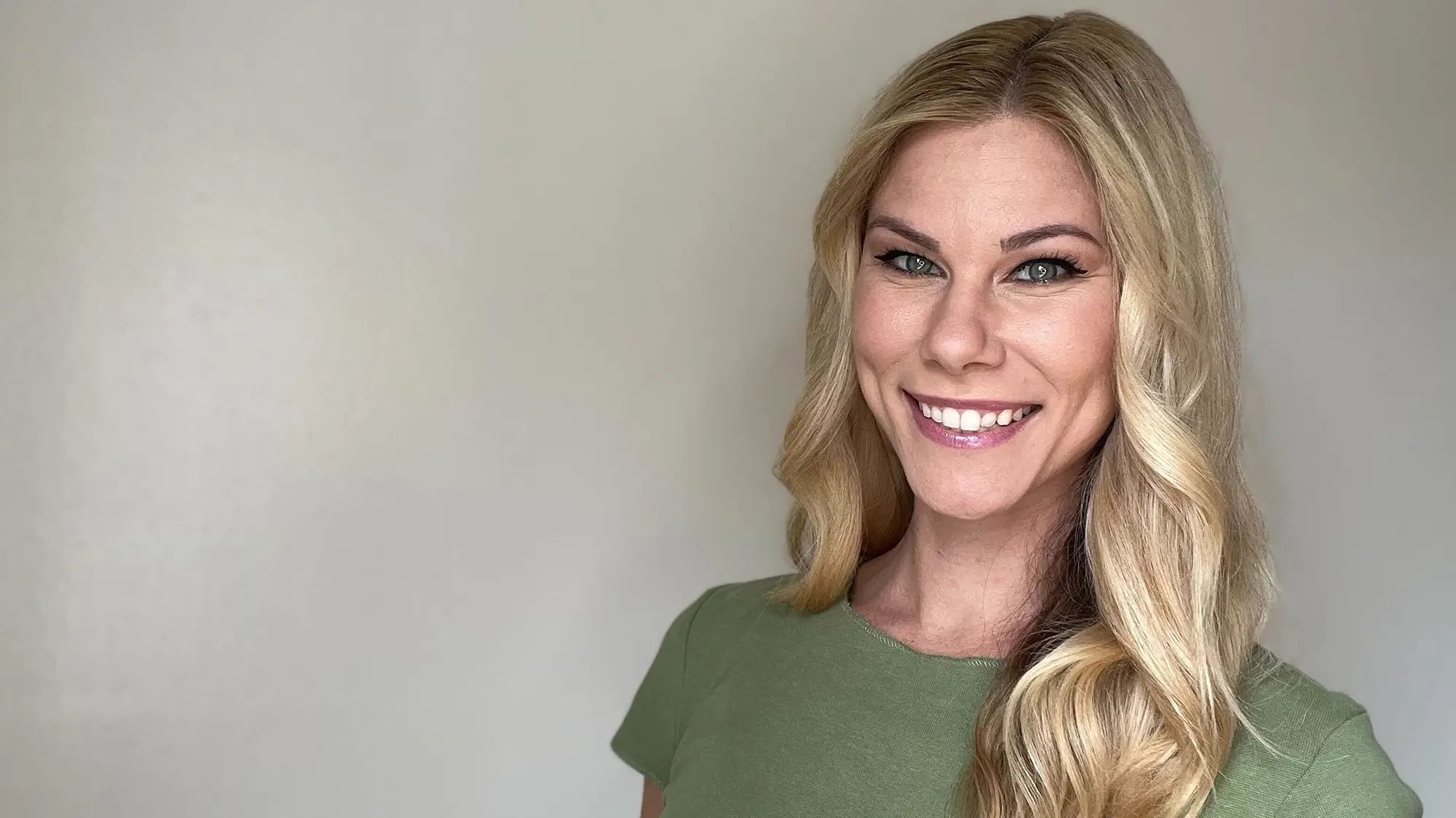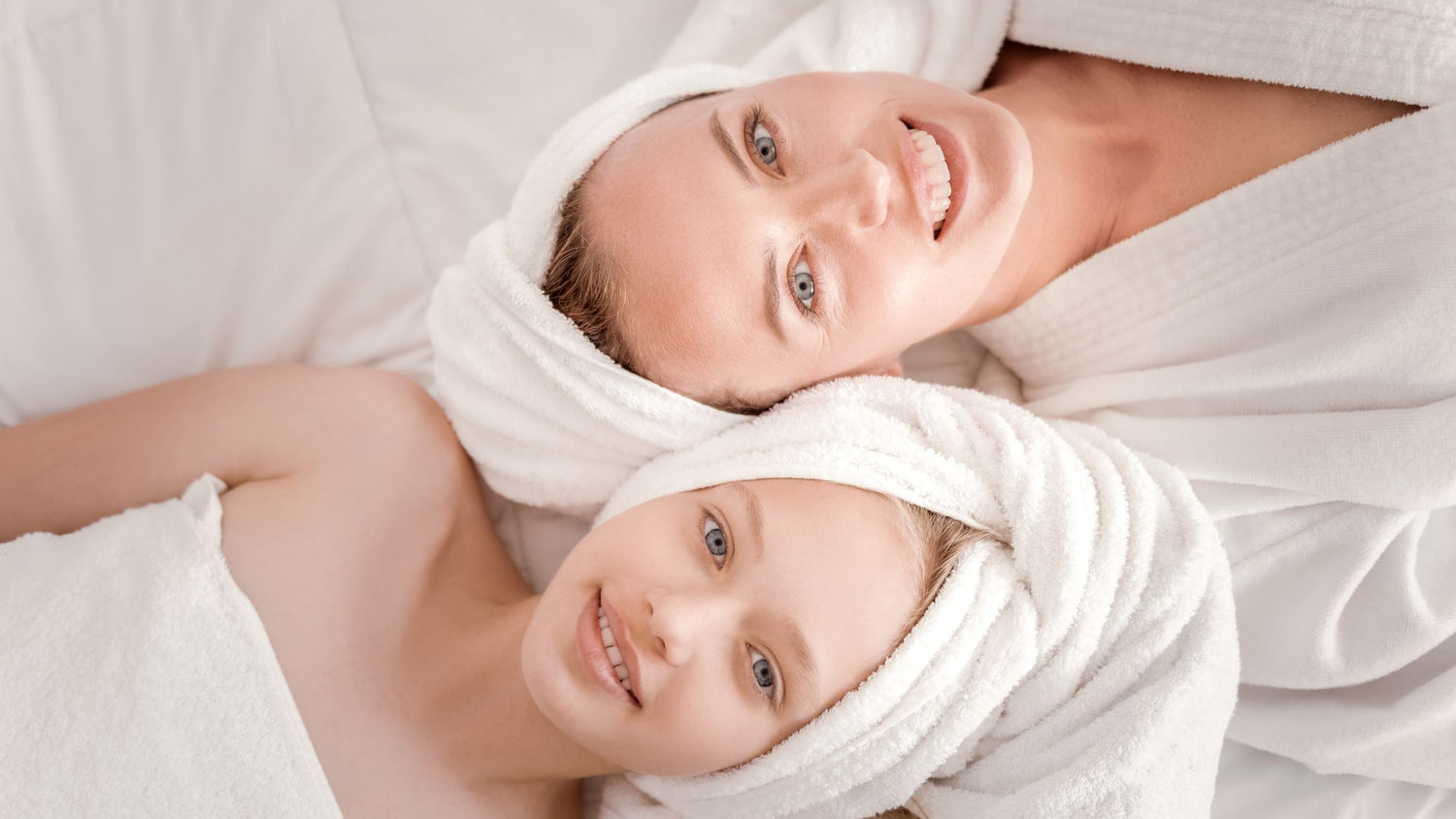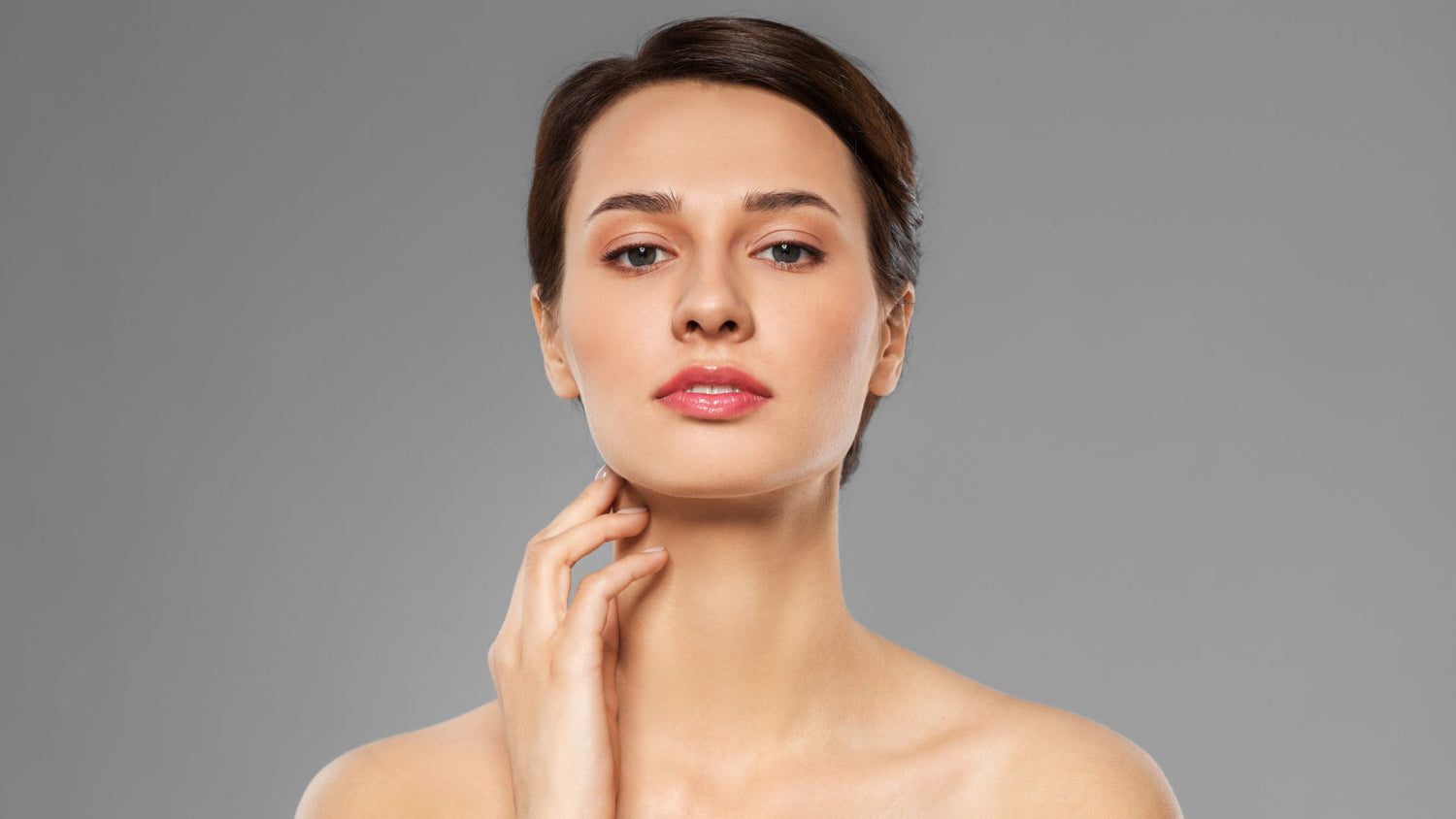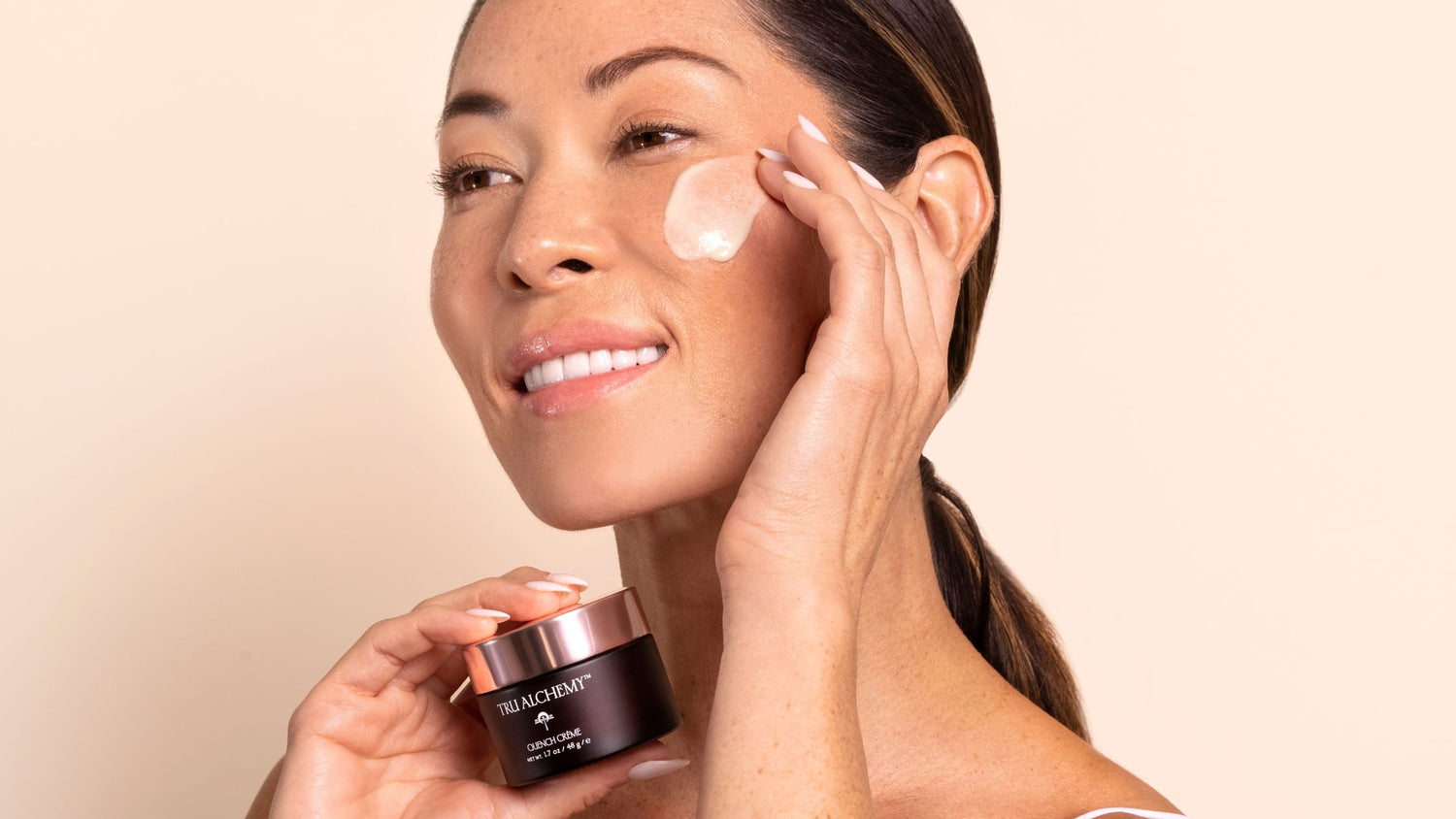
Heather Snead Discusses All Things K-beauty
Curtis BradshawWhen it comes to all things K-beauty, there can be a lot to grasp. The cornerstone principles have a fundamentally different approach to skincare than western skincare. If you're a beginner, what sets K-beauty apart from other skincare rituals are the gentle products that focus on building layers of hydration and protecting the lipid barrier.
While many of the techniques and ingredients are nothing new, it can seem like there's always a new buzzy K-beauty trend on TikTok being discussed and all over beauty media outlets. Given our love of beauty, we decided to chat with our very own Heather Snead, certified esthetician, and our in-house skincare and wellness consultant, for her insight. Here are her thoughts below.
What do you think makes K-beauty so popular and innovative?
Korean beauty regimens are known for innovative, highly efficient practices and the extensive use of botanical ingredients. This practice is world-renowned for customized and often extensive product layering regimens to deliver a multitude of benefits gently over time.
An intense focus on skincare products, which include ingredients that have been used for centuries, that promote hydration, light feel, texture, and weight, promotes a sense of inclusivity in the skincare community as these are benefits that most individuals can benefit from no matter what their skin type is.
What do you see as the basic difference between K-beauty and western skincare?
In general, western skincare is known to focus on convenience and quick results. Common practice involves an emphasis on “stripping” the outermost layer of our skin with scrubs, acids, and retinol to reveal the newly formed skin still hiding underneath. While western skincare has traditional creams and toners to replenish moisture that is lost by these practices, Korean skincare is unique in that K- beauty products use much gentler formulas that typically make use of naturally derived, unique ingredients passed through multiple generations.
There is a heavy emphasis on botanical ingredients like ginseng, rice, mung beans, green tea, and turmeric. Nourishing the skin through products such as puddings, jelly creams, hydrating gels, peeling gels, sheet masks, etc. Using gentle products that work overtime to provide long-lasting results, K-beauty recognizes the importance of patience and the ritual involved in skincare as a critical component of overall health.

We love that! Ritual-based skincare is a game changer. We also look to traditional wisdom combined with science-backed ingredients in our own products. What are some of your favorite ingredients?
Hyaluronic acid is amazing at retaining water. This ability allows it to fill up the spaces between the collagen and elastin in the skin, which gives the skin its plump and hydrated appearance. Hyaluronic acid attracts moisture to your skin, which is why it’s a must-have ingredient for maintaining that long-lasting glow. It’s also essential for maintaining your moisture barrier.
Ginseng has been a staple in eastern Asian beauty for centuries and has been known to help reduce the appearance of the signs of aging, such as fine lines. It also promotes your skin’s elasticity and normal collagen production, reduces visible puffiness, and helps improve the appearance of overall skin tone and brightening. Ginseng contains vitamins like vitamin D and B12, which supports circulation and normal collagen production in your skin’s dermis.
Bamboo extract is rich in various compounds and is an excellent source of silica, flavones, glycosides, phenolic acids, and amino acids, providing antioxidant, skin-soothing, and astringent properties.
Do you follow or recommend a 10-step routine?
In day-to-day practice, a 10-step routine can be an overwhelming concept to keep up with. While this practice might be an excellent regimen for a dedicated self-care evening, picking out certain steps that one can stay consistent with might be a more sustainable option. Oftentimes, steps such as exfoliating can be too much for an everyday routine, so getting to know your skin and recognizing what steps might be better for a once- or twice-a-week plan might be more effective long term.
10 steps in K-beauty include:
oil-based cleanser
foaming (water-based) cleanser
exfoliant
toner
essence
serum
sheet mask
eye cream
moisturizer
thicker night cream or sleeping mask
*Always include an SPF in the daytime)

Can you customize the routine?
No two people have the exact same skin type, and each person's skincare regimen should reflect that. Customizing your skincare regimen is an excellent way to connect deeper with yourself and your skin.
Getting to know your skin well enough to recognize when it might be better to skip an exfoliation day, for example, is the best way to develop a sustainable routine you know you'll stick with. This results in long-lasting benefits that keep you and your skin healthy, balanced, and hydrated.
What are “glass skin,” “slugging,” and other K-beauty trends explained?
“Glass skin” comes from the focus on layering hydrating products for an intensely moisturized, dewy, and youthful sheen that almost gives off a glow from within.The goal of the “glass skin” is exceptionally smooth, even-toned, and polished skin. This look is well known for being the result of the popular 10-step K-beauty routine.
Slugging is a Korean beauty skincare practice that refers to slathering an occlusive product, such as petroleum jelly, on your face at the end of your routine in order to lock in moisture and nutrients within the other products applied. The occlusive nature of these products helps to promote long-lasting moisture on the skin resulting in dewy and moisturized skin in the morning.
A gua sha tool is a smooth, heart-shaped “scraper” fashioned from polished jade or quartz made to glide over the skin. Its contoured edges allow it to hug the facial bones and provide a deeper facial massage. Although its roots are in Chinese traditional medicine, gua sha is now a popular tool in K-beauty practices. It has a slew of benefits, such as improving circulation, stimulating lymphatic drainage, and relieving tension, and it contributes to an improved skincare regimen experience due to the calming repetitive strokes one takes while using it.
Do you recommend a humectant product, like an essence, before an occlusive?
Following the use of commonly drying products such as cleansers and exfoliants, our skin's barrier becomes vulnerable to common environmental stresses. An essence is a water-based skincare product that contains active ingredients to hydrate, protect, and boost the overall health of the skin.
When an essence is applied to clean skin after using a cleanser and toner, it helps restore hydration to the skin cells. Hydrated skin is able to receive products such as our serums and moisturizers more efficiently. Using these products is essential before an occlusive or the “slugging” process so that the skin is nourished and well protected.

Does K-beauty include facials?
For many Americans who prioritize quick results and convenience, facials are considered a luxury splurge often seen as extravagant or reserved only for those who happen to have the extra time and money. This is vastly different from the Korean philosophy that views skincare as an essential component of healthcare and overall well-being.
Facials are extremely valued in Korean culture, and regular facials are an integral part of beauty maintenance, which is highly valued in the culture. Affordable spas and bathhouses are an essential part of most people's lives, including men, women, and children, and have been an integral part of the community and culture for centuries.
Can K-beauty work for any skin type?
The beautiful thing about a Korean skincare routine is that it’s suited for all skin types. This is largely due to the fact that there is an emphasis on gentle products with nourishing, hydrating, and naturally derived ingredients. While there is no “one size fits all” within any skincare style, exploring the K-beauty regimen is an excellent way to get to know your skin personally and see which steps are best for daily practice and which might be reserved for a more luxurious “spa day.”
How can I introduce K-beauty into my current routine?
As with any new practice or regimen, it's always a good idea to start with the basics. If you are just getting started with a new routine, starting with a gentle cleanser and a moisturizer is perfectly acceptable. From there, as you get to know your skin, adding products like exfoliators and a nourishing serum best suited to your skin type is a natural progression toward a complete routine.
Once you become more familiar with how your skin reacts to some of the essential products, adding in products like masks and heavier moisturizers can be seen as fun additions to your already established skincare routine. This progression over time helps prevent the overwhelming sense that can come with feeling like we need to load up on 20 skincare products at once, not knowing how our skin is going to react to each one individually.
Essence or sheet mask? Which is better for hydration?
Many steps in the K-beauty regimen depend on a critical factor in our day-to-day lives, which is time allowance. We know that there are going to be days in which we don’t have the time to sit with a sheet mask for 20 minutes. So, in these cases, having an essence handy is an excellent way to restore any lost moisture after cleansing and exfoliating.
On days when we have the time, sheet masks are an excellent way to lavish in the self-care mindset and drench our skin in the hydration it deserves. Sheet masks are an excellent step after applying our serums as it helps to prevent the serums from drying out. This extended time helps our skin to soak up the nutrients and attain that dewy, hydrated look we crave.
What are some common K-beauty misconceptions?
One common misconception about K-beauty is that it wouldn’t be suitable for those with oily or acne-prone skin. However, the opposite is often true. Many people with oily skin opt for skincare products known for “stripping” the skin of its excess oil. However, if you’re using drying products, you’re actually stripping moisture from your face, and your skin will produce more oil to compensate. Using more hydrating products found in K-beauty regimens can help break this cycle since the skin is able to restore its balance after oil production is reduced.

The gentle nature of most K-beauty products is also a great option for those with acne-prone skin. While the process of the double cleanse and exfoliating steps helps to thoroughly cleanse the skin, using nourishing products like hydrating serums and masks work to calm and relax the skin. This can help reduce the severity of occasional breakouts that can often include superficial but painful redness and swelling.
Do you recommend petroleum products? Are there alternative products to use instead of petroleum-based ones? Are they as effective?
Petroleum jelly is a mixture of mineral oils and waxes derived from crude oil and fossil fuels. It’s well known for its soft and thick texture that creates an occlusive layer on top of the skin.
While petroleum jelly has been used for an array of household needs for many years, I personally look for more botanical alternatives as the growing concerns around the use of petroleum or mineral oil-based products continue to develop. Alternatives such as shea butter, beeswax-based products, and coconut oil are excellent alternatives as they contain fatty acids that can help prevent water loss, as well as possess antioxidant properties that promote nourishment and surface skin cell turnover.
Are there any products or ingredients to avoid while slugging?
Vaseline or petroleum jelly in and of itself is non-comedogenic, but it does sit on top of the skin. While it can prevent dirt, debris, and oil from reaching your skin, if not properly cleansed, it can also trap all of these impurities within. This is why a thorough cleansing routine is an essential step in the K-beauty regimen.
Additionally, if one is using products such as retinol, skipping the slugging step within the routine might be best, as retinoids work to stimulate cellular turnover, which can result in the “fluffing” off of old, damaged skin cells. Trapping the excess skin debris within the occlusive can result in build-up on the skin, further triggering clogged pores and breakouts.
Final Thoughts
Now that we know more about the principles of K-beauty, you can consider how to incorporate those products into your skincare ritual if you haven’t already. An easy first step is a hydrating product, such as a sheet mask meant for all skin types, as even oily and breakout-prone skin needs moisture.
Most importantly, no matter your skincare routine, we hope you use it as an opportunity to think about the origins, wisdom, and ritual behind it.



